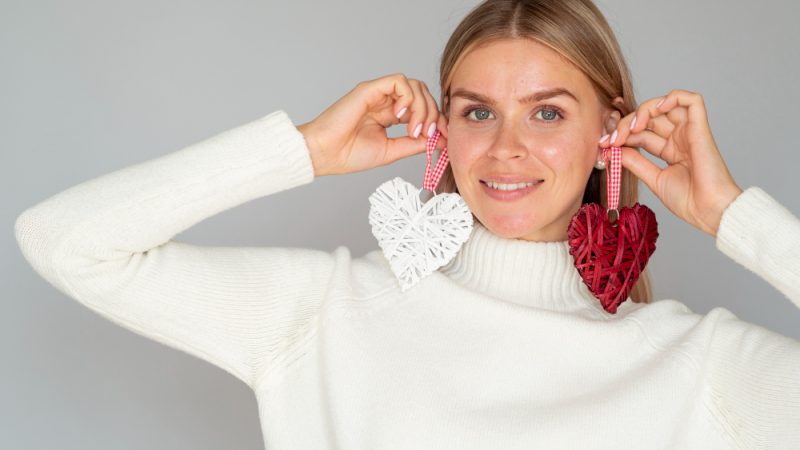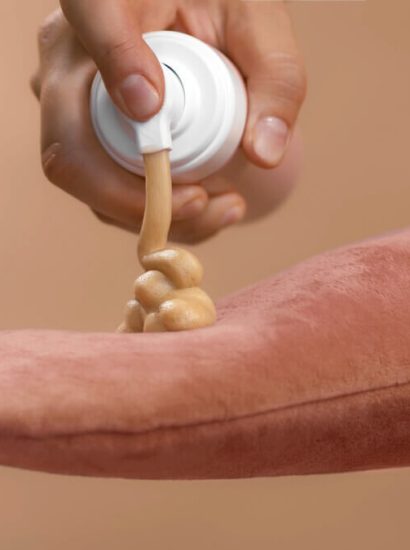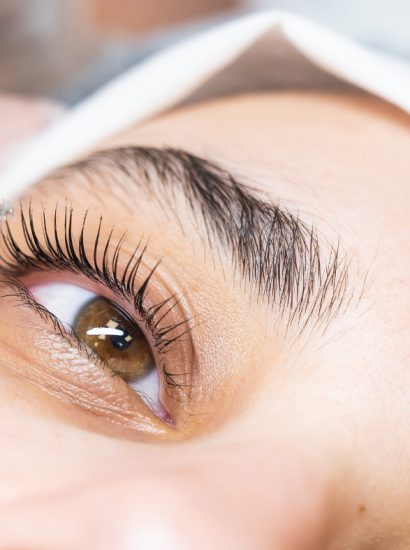Earring gauges can feel confusing at first, Earring Gauges especially if you’re new to piercings or stretching. Choosing the right size matters because it affects not just comfort but also healing and style. With so many options available, understanding gauges can make the process smoother and safer. In this article, we’ll explore nine helpful tips for choosing the right earring gauge size so you can enjoy your jewelry without worry.
1. Understand What Earring Gauges Mean
The term “gauge” refers to the thickness of the jewelry post that goes through your piercing. The lower the gauge number, the thicker the jewelry will be, which is the opposite of what many people expect. For example, a 20-gauge is thinner than a 14-gauge. Knowing this simple rule is the first step to choosing the right size confidently.
2. Know the Standard Sizes for Different Piercings
Each type of piercing typically has a standard gauge size. Earlobes usually start at 20G or 18G, while cartilage piercings might be done at 16G. Industrial or body piercings often use even thicker jewelry. Understanding these starting points can help you choose earrings that fit naturally with your specific piercing.
3. Consider Your Piercer’s Recommendation
Professional piercers know best when it comes to what size gauge your ear or body piercing should start with. Following their advice is the safest route, especially during the healing process. If you’re unsure, ask your piercer before switching to different gauges, since using the wrong size could cause tearing or irritation.
4. Factor in Healing and Comfort
The healing stage of a piercing is crucial, and wearing the right gauge ensures minimal irritation. If the jewelry is too thick, it can cause unnecessary pressure; if it’s too thin, the piercing might shrink or migrate. Always prioritize comfort and healing over aesthetics when selecting your gauge size.
5. Think About Stretching Gradually
If you plan to stretch your earlobes, the golden rule is to go slow. Jumping from a small gauge to a much larger one increases the risk of tearing and permanent damage. Instead, stretch one size at a time and give your body enough time to adapt before moving to the next gauge.
6. Match Gauge Size to Jewelry Style
Different jewelry styles may require specific gauges. For example, heavy plugs or tunnels work better with thicker gauges, while delicate studs are usually thinner. Matching your gauge size to the jewelry style you want to wear ensures both aesthetics and comfort.
7. Use a Gauge Chart for Accuracy
A gauge chart is a handy tool that shows the size differences between gauges in millimeters or inches. Because the numbering system can be confusing, having a chart helps you visualize the actual thickness before buying. This prevents mistakes and ensures you’re ordering the correct size online or in-store.
8. Consider Your Long-Term Goals
Your ideal gauge size depends on what you want long-term. If you only want to wear regular earrings, smaller gauges like 18G or 20G are enough. But if you plan to stretch your ears, you’ll eventually move toward larger gauges like 8G, 6G, or beyond. Think about your goals before committing to a size.
9. Always Prioritize Safety and Quality
Choosing the right gauge also means choosing quality materials. Hypoallergenic options like surgical steel, titanium, or gold are best for sensitive ears. Avoid low-quality metals, as they can cause infections or allergic reactions. Safe materials paired with the correct gauge size will keep your piercings healthy and stylish.
Conclusion
Picking the right earring gauge size may seem complicated, but with the right knowledge, it becomes a straightforward process. By understanding the basics, following professional advice, and keeping your long-term goals in mind, you’ll avoid common mistakes and enjoy your jewelry with confidence. Whether you’re sticking to standard sizes or exploring stretching, making smart gauge choices ensures comfort, safety, and style.
FAQs
1. What gauge size are standard ear piercings?
Most standard ear piercings are done at 20G or 18G.
2. Can I switch to a smaller gauge than my piercing?
Yes, but your piercing might shrink or close if you consistently wear smaller gauges.
3. How long should I wait before stretching to the next gauge?
It’s best to wait at least 6–8 weeks between stretches to allow proper healing.
4. What is the thickest common earring gauge?
For stretched ears, gauges can go as thick as 00G or even larger, depending on personal preference.
5. Do gauge sizes affect healing time?
Yes, larger gauges can take longer to heal, so patience and proper aftercare are essential.
Also read : Makeup Wipes: 9 Eco-Friendly Alternatives You Should Try





